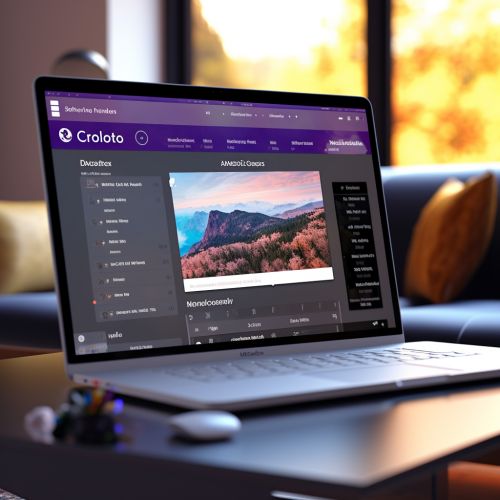Internet Content Filtering and Parental Controls
Introduction
The Internet, a global network of interconnected computers, has revolutionized the way we communicate, work, and learn. However, with the vast amount of content available online, there is a need for content filtering and parental controls to ensure safe and appropriate use, particularly for young users.
Internet Content Filtering
Internet content filtering refers to the practice of blocking or restricting access to certain types of content on the Internet. This is typically done using software or hardware solutions that analyze web content or URLs to determine if they match predefined criteria for acceptable content.


Types of Content Filtering
There are several types of content filtering, each with its unique approach to identifying and blocking inappropriate content.
URL Filtering
URL filtering is a method that blocks access to a website based on the URL. This method is effective for blocking known inappropriate websites but may not be as effective for new or unknown sites.
Keyword Filtering
Keyword filtering blocks websites based on specific words or phrases found in the content of the website. This method can be effective but may also block appropriate content if it contains the flagged keywords.
Image Filtering
Image filtering involves the analysis of images to determine if they contain inappropriate content. This is a complex process that often involves machine learning and artificial intelligence.
Behavior-based Filtering
Behavior-based filtering involves analyzing the behavior of a user to determine if they are attempting to access inappropriate content. This can include monitoring search terms, time spent on certain sites, and other online behaviors.
Parental Controls
Parental controls are features or software that allow parents to restrict the content their children can access on the Internet. These controls can be set up on individual devices, on a network level, or through the Internet Service Provider (ISP).
Types of Parental Controls
There are several types of parental controls available, each offering different levels of control and protection.
Device-level Controls
Device-level controls are settings or software installed on a specific device, such as a computer, smartphone, or tablet. These controls can restrict access to certain apps, websites, or types of content.
Network-level Controls
Network-level controls are settings applied to a home network that restrict access to certain types of content for all devices connected to that network.
ISP Controls
Some Internet Service Providers (ISPs) offer parental control features that can be applied to all devices using the ISP's service. These controls can block access to certain types of content, restrict internet usage during certain hours, and more.
Effectiveness of Content Filtering and Parental Controls
While content filtering and parental controls can be effective tools for protecting children from inappropriate content, they are not foolproof. Savvy users may find ways to bypass these controls, and the filters may not catch all inappropriate content. Additionally, these controls can sometimes block appropriate and educational content.
Criticism and Controversy
Content filtering and parental controls have been the subject of criticism and controversy. Some argue that these measures infringe on free speech and privacy rights, while others believe they are necessary to protect children and other vulnerable populations from harmful content.
Conclusion
Internet content filtering and parental controls are important tools for ensuring safe and appropriate internet use. While they are not perfect, they provide a level of protection against inappropriate content and can be customized to fit the needs of individual users and families.
